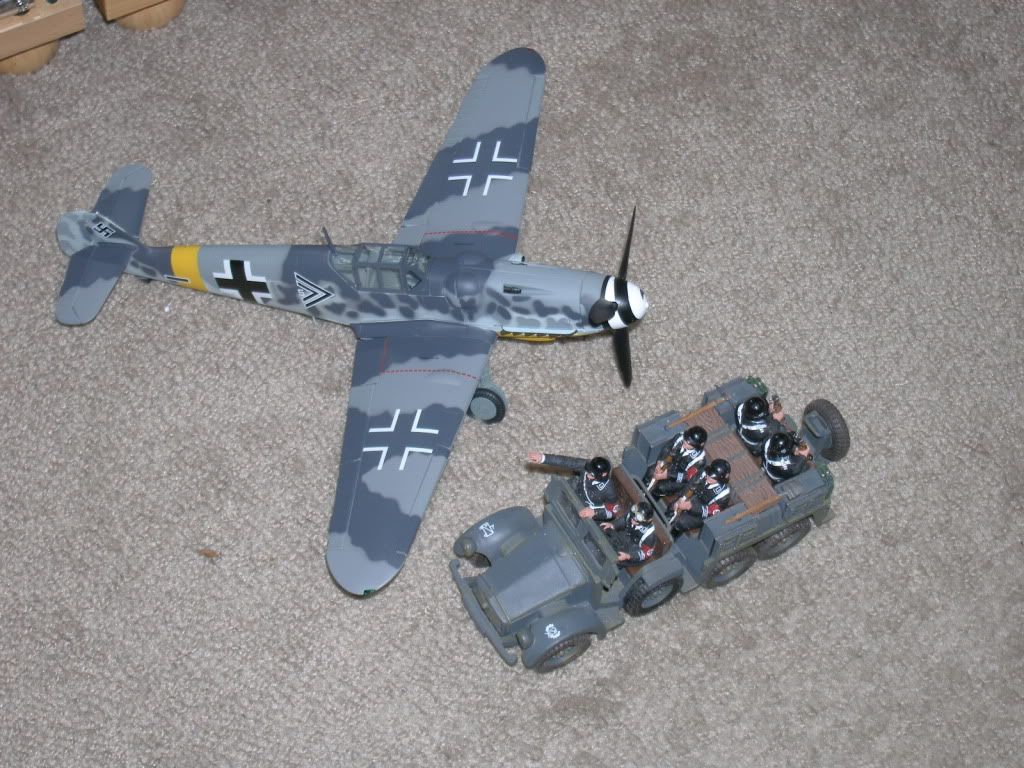A dogfight, or dog fight, is aerial combat between fighter aircraft. Dogfighting first appeared during World War I but it has been a component in every major war since, even though some had contended that increasingly greater speeds and longer range weapons would make dogfighting obsolete. In modern parlance, dog fighting is frequently termed air combat maneuvering, or ACM, which, as observed by Robert Shaw, refers to tactical situations requiring the use of individual basic fighter maneuvers, (BFM), to attack or evade one or more opponents.
Dogfighting or ACM has evolved considerably from WWI and the particular BFMs required for success always did and do continue to depend on the relative flight characteristics of the opponent aircraft. As Lancer aptly noted, air superiority is a waining thing and there is always the next generation of aircraft to make the current tactics obsolete. That said and putting stand off weapons aside, the key factors, that contribute to superiority in ACM have and remain speed, acceleration, climb rate, roll rate, turn rate and dive rate. For every aircraft, there are speed ranges and particular BFMs where these are optimized and to be truly superior over other aircraft, a fighter must have the ability to use its relative advantages in these to be able to predictably evade or get on the tail of its adversary under the conditions that it can reliably create. This is sometimes called dictating the conditions of the engagement. That is what the various Spitfire models could consistently do to their contemporary foes and why it was the superior dogfighting or ACM fighter of WWII.
Up to a point, the relative advantage of an aircraft in BFMs can be countered by brilliance in ACM, which it what the great aces all had. The RCAF pilot that trained me in T-38s had it too and while I certainly learned a great deal about flying an aircraft outside the designer's expectations, I freely admit that I did not and needed to rely on optimum tactics to prevail. Of course I must humbly confess that it has been sometime since I was trained in and practiced the art but I have tried to keep up on the theory and practice over the time.


